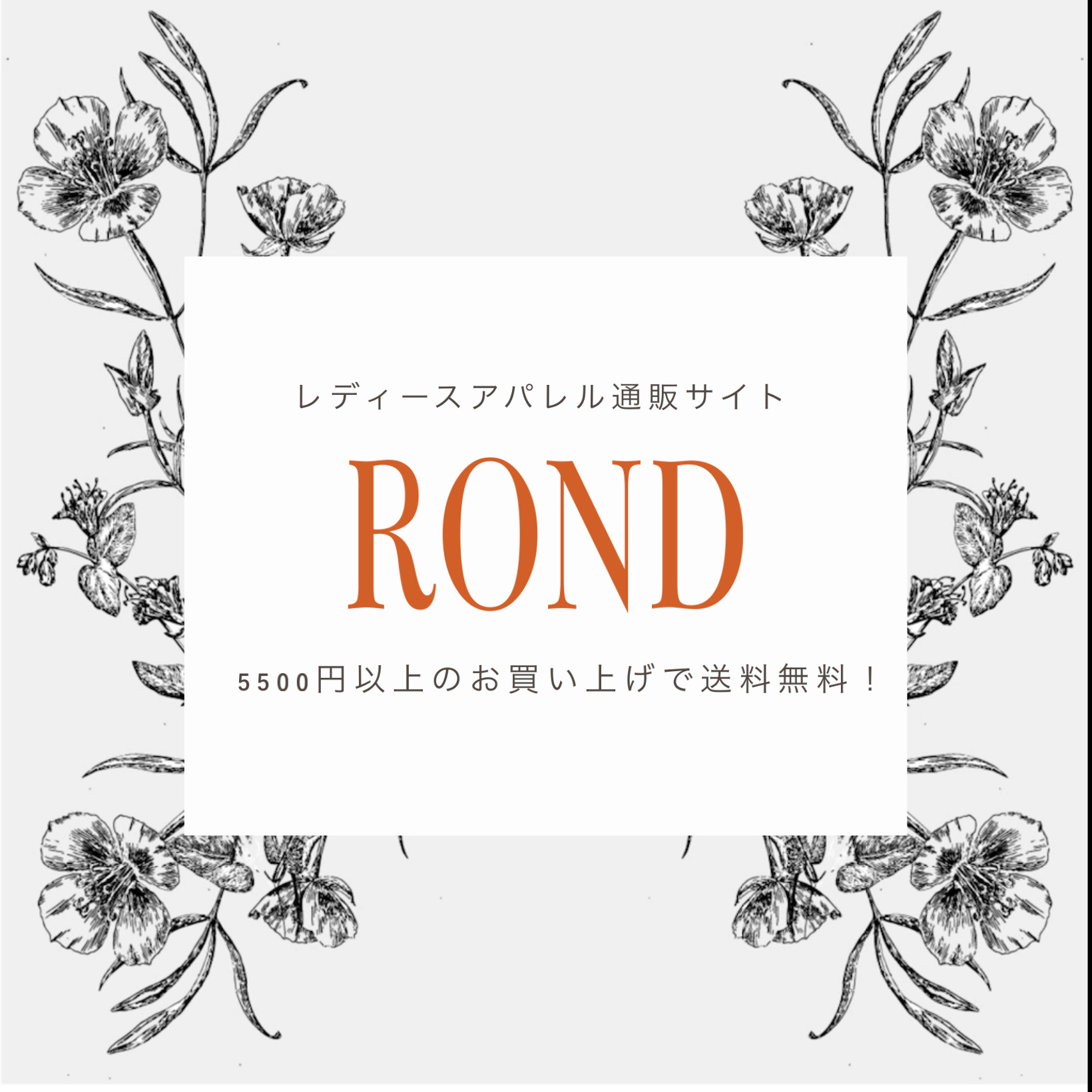
The charm of kimono fashion lies in its unique design and beautiful fabrics, but to bring it out, you need to pay close attention to every detail.
One of the essential accessories is “obiita”. In order to wear a kimono beautifully, the support and accent provided by obiita are essential.
In this article, we will introduce how important obiita is in kimono fashion.
table of contents
- Types and characteristics of obiita
- How to choose the right obiita
- Reasons and benefits of using obiita
- Basics of how to use obiita
Types and characteristics of obiita
There are various types of obiita, each with different features and benefits. Below, we will explain the typical types of obiita and their characteristics.
- wooden obiita:
- Features: It has a natural texture and a heavy feel.
- Advantages: It is gentle on the skin and has good breathability, so it can be used regardless of the season or occasion.
- Disadvantages: Must be handled with care as it is sensitive to moisture and water.
- plastic obiita:
- Features: Lightweight and easy to handle. Various color variations are available.
- Advantages: Durable and moisture resistant. Easy to care for and has a long lifespan.
- Disadvantages: The texture may not be as good as wood.
- metal obiita:
- Features: Shiny, modern and sophisticated look.
- Advantages: Very durable and easy to maintain shape. Many have simple and stylish designs.
- Disadvantages: Due to its weight, it may be difficult for some people to handle.
- Japanese paper obiita:
- Features: It is lightweight and has a delicate texture, making it suitable for Japanese clothing.
- Advantages: Breathable and flexible for easy movement.
- Disadvantages: Slightly less durable and sensitive to moisture and water.
- corset type obiita:
- Features: Has the ability to tighten the waistline.
- Benefits: Corrects posture and improves silhouette. Improves the stability of the kimono.
- Disadvantages: Can be a little uncomfortable to wear for long periods of time.
How to choose the right obiita
Choosing the right obiita is an important factor that affects the overall impression of the kimono. Below, we will explain the key points on how to choose an obiita that matches the pattern and color of your kimono, as well as suggestions for obiita that are suitable for different occasions and seasons.
- How to choose an obiita that matches the pattern and color of your kimono:
- Match the pattern: Kimono patterns have their own individuality. If the pattern is delicate, a simple and elegant strip will look great. On the other hand, if the pattern is bold, an elaborate design or colorful strips will be the accent.
- Color harmony: Matching the main colors of the kimono creates overall harmony. By matching the tones, you can create a sense of unity and a beautiful balance.
- How to choose obiita suitable for each occasion and season:
- Formal Occasions: Metal obiita is suitable for formal occasions such as weddings and ceremonies due to its elegant and simple design. Calm colors such as black, white, and silver are preferred.
- Casual everyday: A light obiita made of Japanese paper or plastic goes well with your everyday kimono style. It’s also a good idea to enjoy the seasonal feel with brightly colored and patterned strips.
- Seasonal change: The suitable obiita differs depending on the season. In the summer, we recommend a breathable one made of Japanese paper, which will keep you cool, and in the winter, we recommend a warm one made of wood or metal.
Reasons and benefits of using obiita
There are many reasons to use obiita, but some of the most notable benefits are listed below.
- Presence as an accent:
- obiita is a unique accent to kimono attire. By choosing obiita with different materials and designs, you can add a unique presence to even a simple kimono style. Unique obi plates add depth to your outfit and create a sophisticated impression.
- Silhouette and posture correction:
- By using obiita correctly, the silhouette of your kimono will stand out beautifully. The obiita supports the waist area and plays a role in adjusting the lines of the kimono. Additionally, by stretching your back and improving your posture, your overall impression will improve significantly. A beautiful posture will make your kimono look more gorgeous.
- Comfort for long-term wear:
- obiita supports the waist area of the kimono, keeping you comfortable even when wearing it for long periods of time. The obiita support is essential, especially when sitting for long periods of time during ceremonies and events. It plays an important role in reducing the burden on your lower back and allowing you to enjoy kimono for a long time.
- Preventing belt from slipping:
- obiita also plays a role in preventing the obi from slipping. This prevents the obi from shifting and keeps the beautiful knot and ribbon shape. The stable feeling of wearing allows for ease of movement and improves the appearance of the kimono. The stability of the belt is especially important in active situations.
Basics of how to use obiita
Using obiita correctly is important for beautiful kimono fashion. Below, we will explain in detail the correct position and angle of obiita, how to wear it, and introduce tips and precautions for beginners.
- Correct position and angle of obiita:
- Position: The obiita is usually worn at the waist of the kimono. Adjust the position of the obiita so that the top edge is at the small of your back and the bottom edge is at your navel.
- Angle: If you don’t wear obiita parallel, tilt it slightly backwards to create a beautiful line. The angle may need to be adjusted slightly depending on the individual’s body shape, but try to keep the line of your back gentle.
- Installation steps:
- Step 1: Put on the kimono and tie the obi. The obiita is worn over the obi, so the obi does not have to be tied.
- Step 2: Place obiita on your back and adjust the position so that the top edge is at the small of your back and the bottom edge is at your navel.
- Step 3: Wear obiita along your waist and pull the obi around it tightly. It is important that the obiita is firmly fixed.
- Step 4: Fine-tune the angle of obiita to create a beautiful silhouette.
- Tips and cautions for beginners:
- Tip 1: Before wearing obiita, make adjustments to suit your body shape and kimono material. Especially if you are using a shingle for the first time, it is important to get used to it little by little.
- Tip 2: When putting it on, it’s a good idea to ask someone else to help you or use a large mirror to check your back line.
- Caution: Forcibly tightening the obiita may cause discomfort or a feeling of pressure. Ensure comfort with just the right amount of tightening.
- Advice on how to use obiita with peace of mind:
- Tip 1: The obiita can be easily removed, so try it a few times until you get used to it.
- Tip 2: When using obiita for the first time, it is easy to use obiita made of soft material. Gradually get used to it and then try something made of harder material.
-
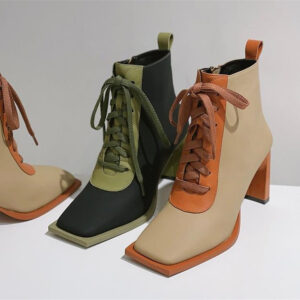 マーチャンダイズ レースアップ スクエアトゥ 太いヒール ショートブーツ 2色¥6,120
マーチャンダイズ レースアップ スクエアトゥ 太いヒール ショートブーツ 2色¥6,120 -
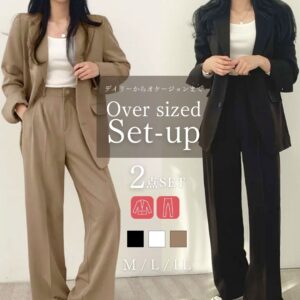 スーツ カジュアル レディース 上下セット オフィススーツ 全3色¥5,999
スーツ カジュアル レディース 上下セット オフィススーツ 全3色¥5,999 -
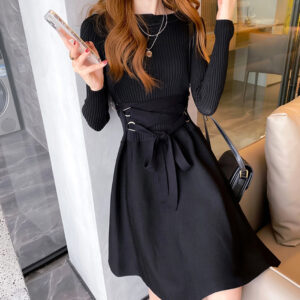 フレアミニワンピース リブニット クルーネック Aライン 黒¥4,990
フレアミニワンピース リブニット クルーネック Aライン 黒¥4,990 -
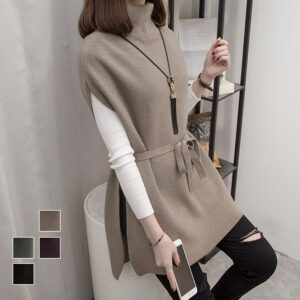 ニットプルオーバー ベスト チュニック ノースリーブ 韓国風 4色¥3,999
ニットプルオーバー ベスト チュニック ノースリーブ 韓国風 4色¥3,999 -
 細見えデニムパンツ ハイウエスト デニムスキニー ロングスリムパンツ 2色¥6,207
細見えデニムパンツ ハイウエスト デニムスキニー ロングスリムパンツ 2色¥6,207 -
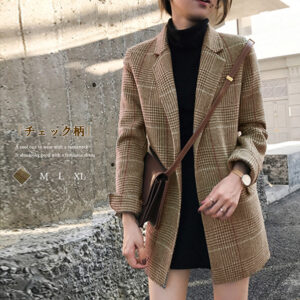 グレンチェックジャケット トップス オフィスカジュアル コート¥6,208
グレンチェックジャケット トップス オフィスカジュアル コート¥6,208 -
 大人可愛いカシュクールニット リブワンピース インナーワンピにも! 8色¥4,872
大人可愛いカシュクールニット リブワンピース インナーワンピにも! 8色¥4,872 -
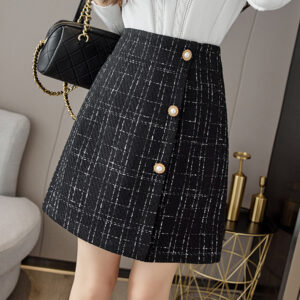 ツイード風 Aラインスカート ショート丈 韓国ミニスカート美脚¥4,255
ツイード風 Aラインスカート ショート丈 韓国ミニスカート美脚¥4,255 -
 ロゴトレーナー 韓国風Tシャツ 体系カバービッグシルエット ワンサイズ 3色¥2,920
ロゴトレーナー 韓国風Tシャツ 体系カバービッグシルエット ワンサイズ 3色¥2,920

